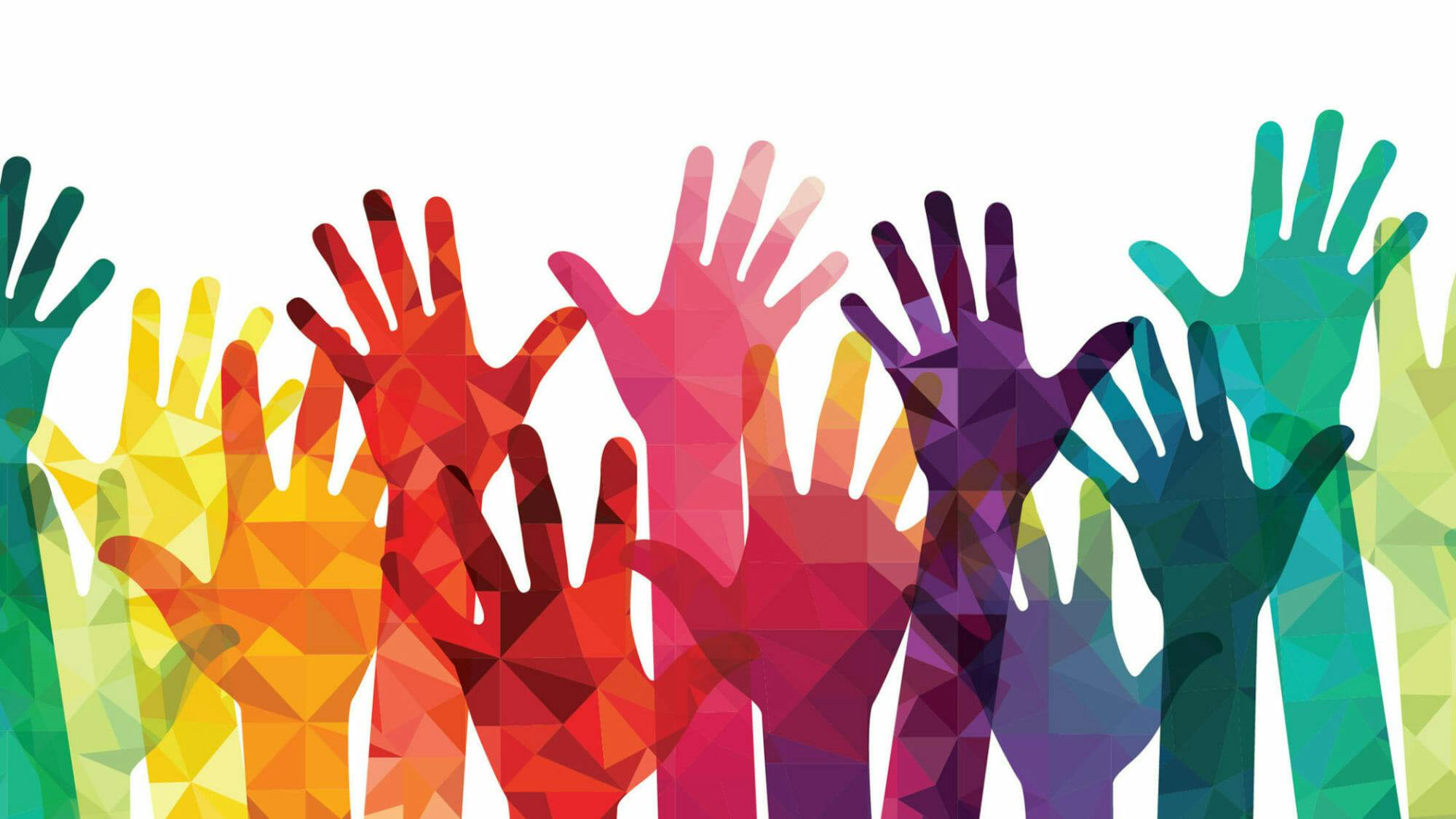When considering diversity, it is essential to note that organizational diversity describes more than individual ethnicity or race. By definition, diversity depicts a great deal of variety. Applying this definition to organizations, diverse workplaces are comprised of characteristics that include but are not limited to Thought, Gender, Culture, and Ethnicity.
As individuals, we all have diverse ways of thinking, which leads us to solve problems differently. Diversity of thought outlines the idea that individual thinking is shaped by a combination of cultural experiences, individual background, and individual personality. Organizations can benefit significantly from Thought Diversity. Albert Einstein once said, “The person who follows the crowd will usually go no further than the crowd.” Diversity of thought can stimulate the progress of innovation and also can create opportunities for learning for other individuals on respective teams.
Gender diversity depicts the equal representation of individuals of different genders. Commonly, gender diversity is referred to as equivalent ratios of men and women. It is important to note that gender diversity could also include individuals of non-binary gender. Gender diversity is a growing need for many organizations, thus creating an urge for the implementation of diverse recruiting strategies.
Cultural Diversity appreciates differences amongst individuals and realizes the potential differences create among organizational teams. Cultural diversity is essential to recognize because it is not limited to the workplace. Cultural diversity also spans across other facets of life, such as our country and even institutions such as the educational system. This form of diversity can facilitate collaboration and cooperation amongst groups who have a level of understanding about each other.
Ethnic diversity describes a category of individuals who closely identify with one another based on similarities. Similarities can be found amongst history, culture, language, nations, or ancestry. As mentioned with Culture and Thought diversity, Ethnic diversity can facilitate the creation of innovative ideas amongst individuals who have an understanding of each other.
How Organizations Can Diversify Their Sourcing Efforts
Neutral Job Descriptions
Be conscientious about the job descriptions you post as an organization. While unintentional, it is known that some job descriptions tend to use masculine words.
These descriptions can discourage specific gender populations from applying to open positions. To combat this conflict, organizations should ensure gender-neutral diction when creating and reviewing job descriptions. The use of neutral wording automatically diversifies applicant pools from the start.
Targeted Sourcing and Strategic Efforts
When looking to make a diversity hire, targeted sourcing could be a fundamental approach. Depending on the needs of your organization, practical sourcing efforts could include attending the local meetups of various groups, attending conferences, events, and university recruiting strategies that are geared towards diverse populations. Targeted recruiting efforts are also useful in Boolean searches.
For instance: The sales industry is comprised mainly of Caucasian males. A company looking to make a diversity hire could leverage the use of Boolean search strings to find diverse candidates. Searching common names within target populations, in this case, could yield positive results for the organization. In this case, Company X is seeking to make a gender diversity hire. Boolean search strings leveraging the most common female names of this decade could be useful in hiring diverse Sales Representatives. See the LinkedIn search Boolean below:
“Outside Sales” AND software AND (Mary OR Patricia OR Jennifer OR Linda OR Barbara OR Elizabeth OR Susan OR Jessica OR Sarah OR Karen OR Nancy OR Margaret OR Lisa OR Betty OR Dorothy OR Sandra OR Ashley OR Kimberly OR Donna)
See the list of common female names.
Referencing the example above in a Boolean search, it is easy to spot the Boolean names in your search results. You can add as many names as possible to diversify your search. This search could be replicated using different diversity categories as well. Researching popular names amongst groups could be resourceful for your diversity search. I recommend saving massive Boolean search strings with as many names as possible, so you’re not eliminating someone based on their name (Jane vs. Jennifer, etc.).
In a separate example, let’s assume the same Company X noticed ethnicity inequality in their IT Department. As it is known, the IT Industry lacks diversity in some areas. To combat this, a simple Google search could yield results on common names from diverse ethnic groups. Incorporating information researched into your Boolean search will strengthen the diversity of your search.
When considering diversity, it is essential to keep an open mind hiring employees from all backgrounds and walks of life. As an organization, we don’t know what we don’t know, and this applies even on the highest or lowest levels of roles. If we do not diversify our employee populations, organizations risk the loss of innovation that is stimulated by individuals of various backgrounds working cohesively.
